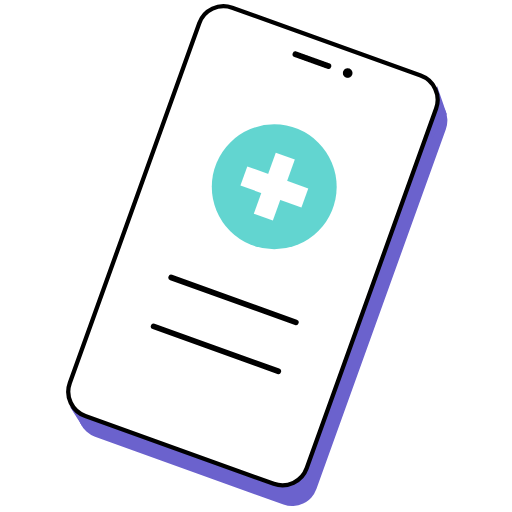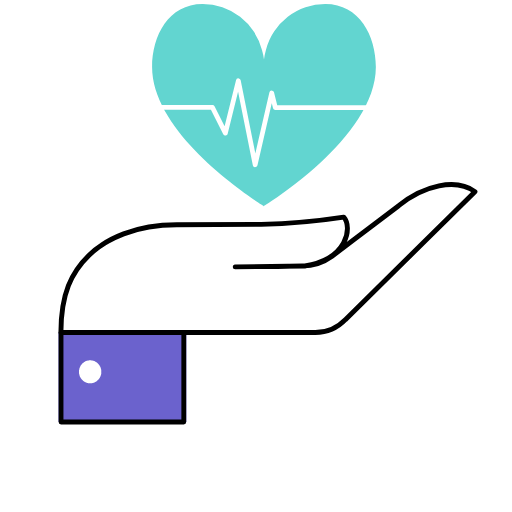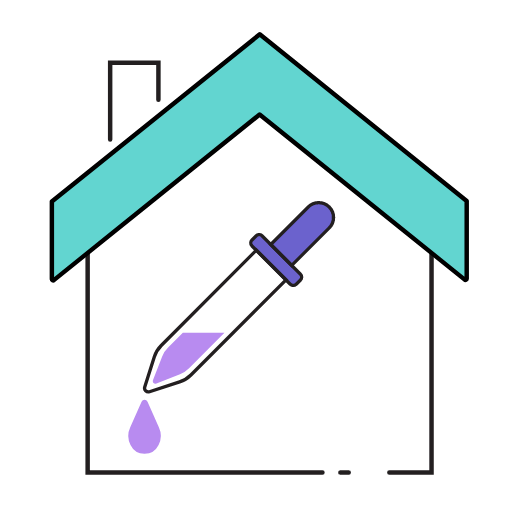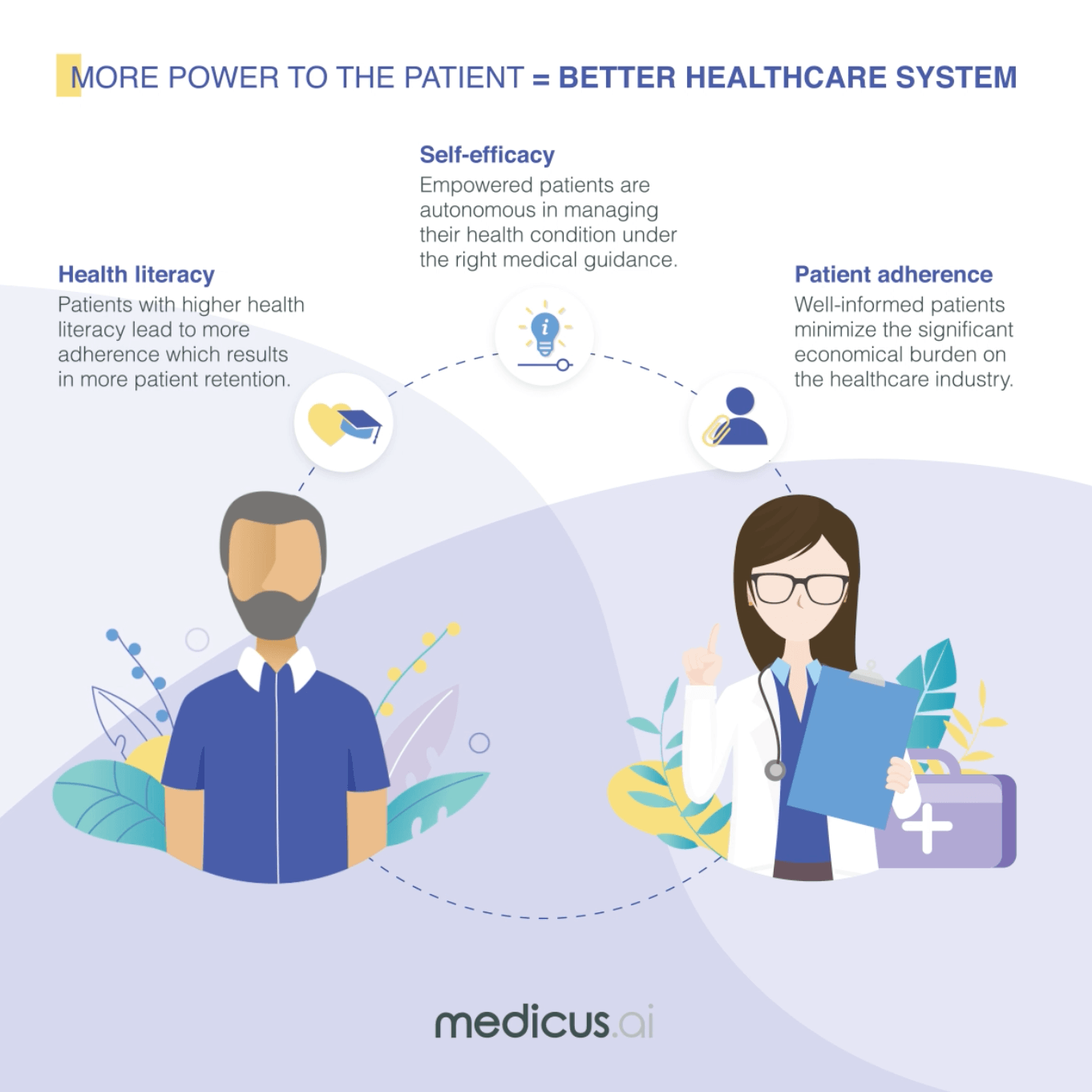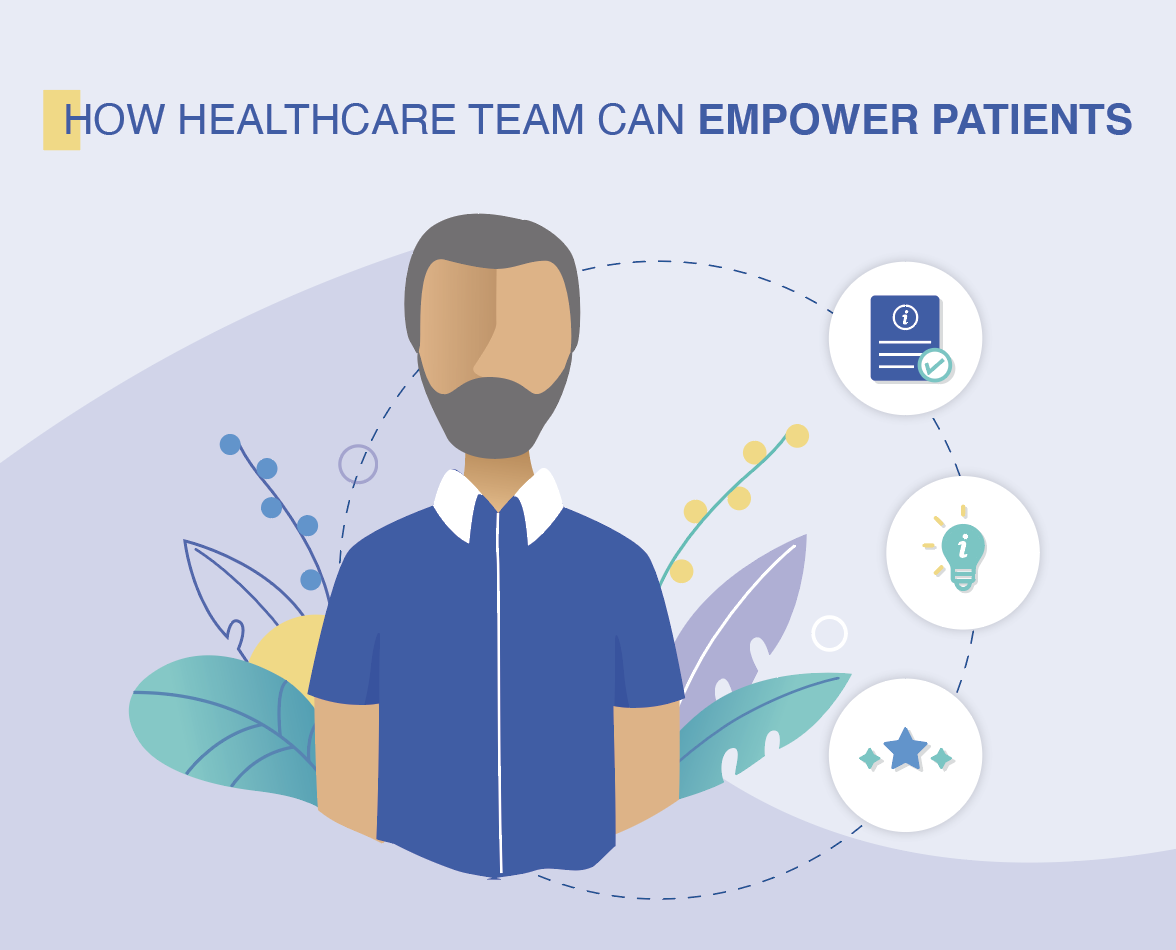Reality Meets Opportunity
In 2022, it’s difficult to find someone who doesn’t know what the word pandemic means. More than two years following the outbreak, COVID-19 has impacted our lives in ways and forms that we are still trying to understand. The world has significantly changed in the last few years, particularly in its physical aspect. Movement restrictions and social distancing has pushed humanity towards a more virtual reality where digital innovations are encouraged and remote mechanisms are being increasingly adopted. In short, the digital revolution has made a huge leap these past two years and it’s showing no signs of slowing down.
Another by-product of the pandemic has been the growth of personal health awareness. The sudden and rapid global outbreak of COVID-19 and the huge difficulties that nations have faced to contain it have pushed societies to reprioritize health on a collective and individual level. People want to be more actively involved in their health management. In a June 2020 study, 80% of U.S. adults surveyed said that they will be more mindful about practicing self-care regularly once the pandemic is over.
A digital evolution and increased health awareness among the public represents a potential breakthrough for a couple of industries, particularly medical laboratories. While growing topics such as patient empowerment and patient centricity are putting more power into patients’ hands, labs have a major opportunity to expand by leveraging the current digital reality to take the next step into lab evolution.
The Lab Cycle
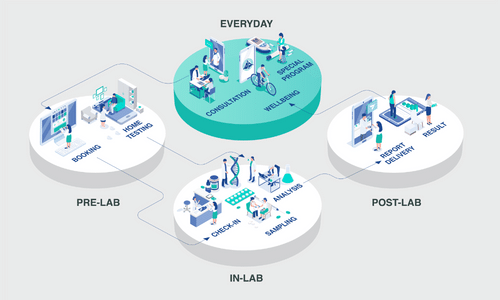
To better understand the opportunity that labs have and define what could be practically done to take the next step, we have divided the traditional lab cycle, as we understand it today, into four main quadrants representing different phases. Some of these phases exist today, while others can be avenues for expansion and growth:
- Pre-Lab: Before patients enter the lab, they must make the necessary arrangements, which include steps such as finding the right collection point, booking an appointment and getting a prescription.
- In-Lab: Then, they enter the lab, check-in, and wait at reception before heading into the exam room, and take the needed test. This phase also includes all the subsequent work completed by the lab staff to analyze and generate the test results.
- Post-Lab: Once the test results are generated, the lab delivers them to the patient and doctor, provides results interpretation, and answers all questions that the patient or doctor may have.
- Everyday: Away from the lab, this is the most important phase where patients need to take care of any follow-ups, follow treatment plans, implement changes in their lifestyle, and take any action that could enhance their physical or mental wellbeing.
The Digital Upgrade
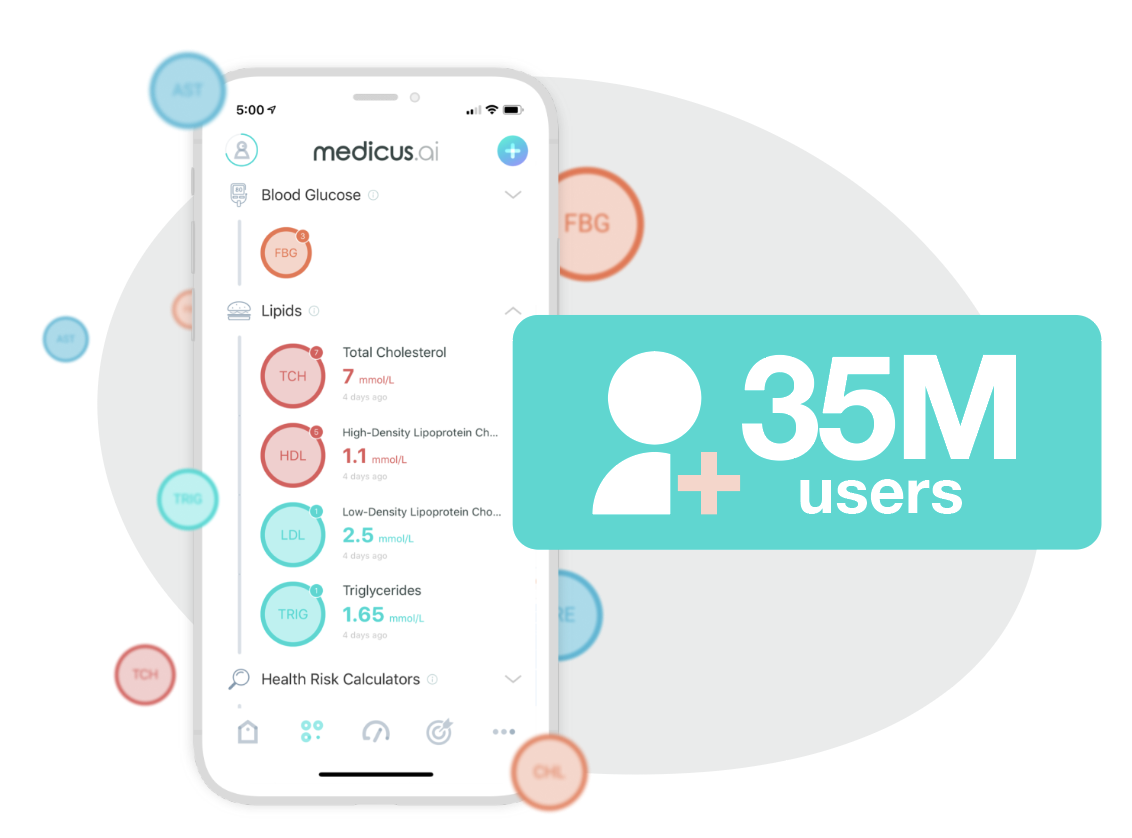
Unless a sudden, unfortunate worldwide event takes us back to the Stone Age, the digital bandwagon is not going to stop. The sooner the labs recognize this, and more importantly, act on it, the better. Upgrading traditional mechanisms and turning to digital, smart, solutions is the way forward.
During Pre-Lab, operational costs can be reduced, processing times can be shortened, and the entire journey can turn easier and faster for patients, through digital features such as smart booking and smart/digital prescriptions. This would also mean increased patient adherence to scheduled testing.There are now digital products that play a significant role in this phase such as our Homewell platform. Additionally, the In-Lab phase can be upgraded to increase efficiency, enhance quality, and save costs, starting with implementing a more homogenous digital infrastructure that allows the lab to set up and activate any kind of digital innovation. For instance, features such as smart sampling and smart vials that use NFC technology can boost internal lab processes. As for the Post-Lab phase, mechanisms for report delivery are being reformed into automated, data-driven, and patient-oriented e-solutions that provide personalized input and user-friendly interpretation. This facilitates the lab’s work and better serves the patient. Our very own Smart Reports is a testament to what can be done with over 35 million users worldwide covered by all of our clients. Other innovative products, such as Smart Wellbeing, assist in enhancing the Everyday phase by providing patients with personalized follow-ups and coaching programs in the palm of their hands to improve their physical and mental wellbeing and help them manage their conditions.
A Win-win Outcome

The digital shift offers both immediate and long-term benefits for labs. The development of user-friendly digital products elevates the overall patient experience and leads to better patient adherence and retention, while the transition to automation will undoubtedly improve lab efficiency and reduce costs.
As for long-term potential benefits, innovations such as home testing, Diagnostics-as-a-Service, and smart programs among others, pave the way for new and exciting business models unlocked through new technology and limitless opportunities.
For patients, the emergence of these digital solutions facilitates their access to health services and enhances their lab experience. Products that emphasize patient centricity and deliver personalized experiences also go hand-in-hand with the patient empowerment trend that we continuously advocate in the health sector.
The digital shift is happening and both labs and patients could be reaping its rewards. From a business perspective, going digital makes sense for labs. From a health perspective, it could further empower patients. And from our perspective, it is a crucial process that benefits everyone.
We welcome your feedback! Is there anything you’d like to see us cover? Our inbox is always open, so get in touch at [email protected] to share your thoughts.





